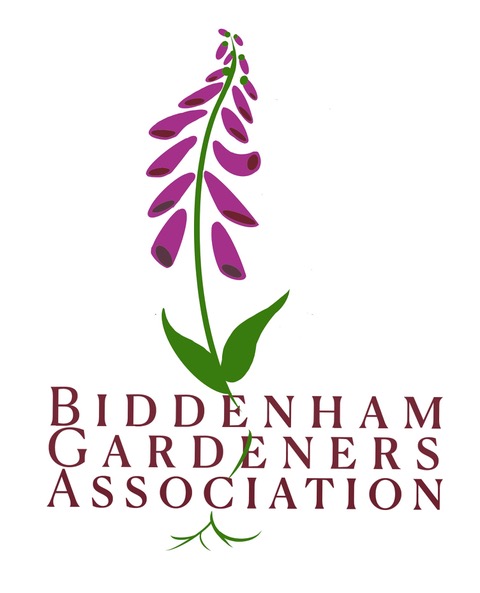17 September 2024
Ian Bedford
We were delighted to listen to Dr Ian Bedford’s presentation at our September meeting. Ian is an etymologist of well over 40 years standing having worked for much of that time at the John Innes Research Centre in Norwich following a childhood spent observing and catching butterflies on the Sussex South Downs. His core theme for the evening was how to get a ‘balance’ in domestic gardens between plant life and the invertebrates which share the same environment but are frequently viewed merely as ‘pests’ by gardeners.
There has been a 46% loss of biodiversity across the UK in the last 70 years caused by a combination of factors such as climate change, shifts in patterns of agricultural production and management and building development in hitherto rural areas. The role of individual gardens is now central to creating linked pathways between larger but increasingly fragmented public spaces to enable biodiversity the opportunity of ‘recovery’.
Opening slides addressed the Giant House Spider (erategena atrica). Most active at night, they dispose of other household mites and ‘undesirables’. One of the oldest invertebrates is the Silver Fish (lepisma saccharinum) at over 4 million years old. Whilst not attracting many human supporter, silver fish dispose of garden leaves and rotting decaying matter outside. Within the home they are best controlled in reducing their footprint by removing damp wool / wallpaper or fabrics. Persistent ‘issues’ are best addressed via products such as Silver Fish Cleanser which is environmentally neutral. The audience were particularly interested in Ian’s observations regarding the Peacock Butterfly, a long-tongued butterfly species that helps pollination / propagation of those plants such as buddleias which have particularly deep nectar architectures. To encourage this butterfly small-clumped nettle growing areas need to be established. Ivy, the supporter of so many other invertebrates, also needs to be present in a well-managed garden inventory.
A less welcome invertebrate is the Large Rose Sawfly (Arge ochropus). This can cause significant damage especially to rose bushes. But is best controlled naturally by the encouragement of other (bird) predators such as wrens and tits. Despite being an invasive species that first arrived in the UK in 2001, the Ivy Mining Bee does no harm in the garden and is to be welcomed. Larger than a honey bee they lead solitary lives and are now ubiquitous across Scotland, England and Wales. The Rosemary Beetle is to be treated as a threat. Its toxic saliva will severely damage and in some cases kill shrubs (for example, lavender) very rapidly. It can be readily controlled by shaking the insect off shrubs onto a sheet or cloth and then disposing via the waste bin. Again, chemical ‘solutions’ even those claiming to be ‘organic’ are to be avoided since they are almost always ‘broad spectrum pesticides that will kill off the ‘good’ bugs in equal measure when used in proximity.
Ian was very well received, with an extensive range of questions being posed by the audience who were pleased to learn that this was one of four such talks mirroring the seasons of the year… so we may well see more of him in the year ahead!
And finally… warm congratulations to the members of BGA who received awards for their wide range of winning entries in the Biddenham Show 2024…
Do join us in the Village Hall at 7.30pm on Tuesday 15th October when Jim Paine will be talking about ‘Gardening in the Shade’. For those of you yet to visit the Village Hall recently a doubly warm welcome awaits since a recent refurbishment now provides a ‘state of the art’ heating system!
Jim Waddington
New members and visitors are always welcome: for £5 per meeting, you will get a choice of delicious cake and tea /coffee to suit as well as an informative talk and the opportunity to question an ‘expert’ [please note annual fees for January 2025 onwards are shortly to be determined but were £35 in 2024..]. For more information please see
www.biddenhamgardenersassociation.org.uk



